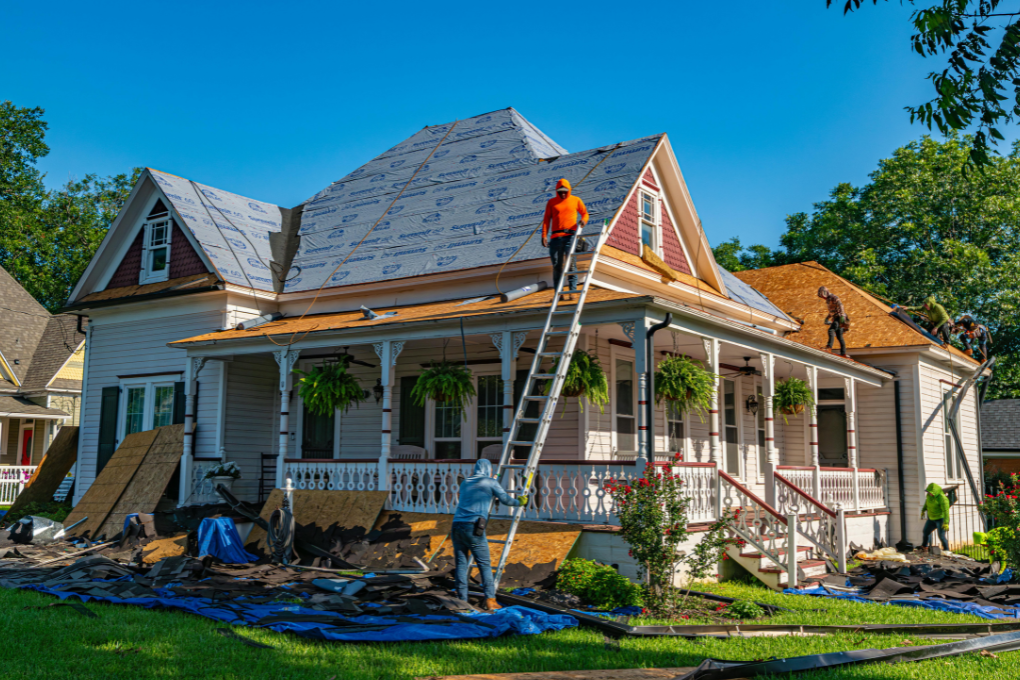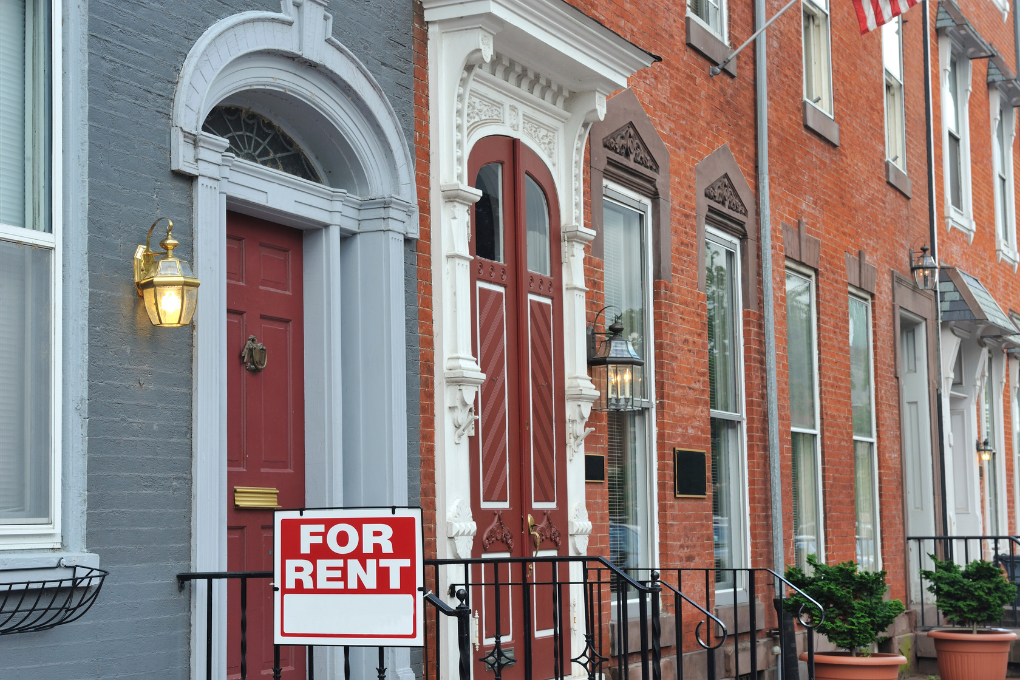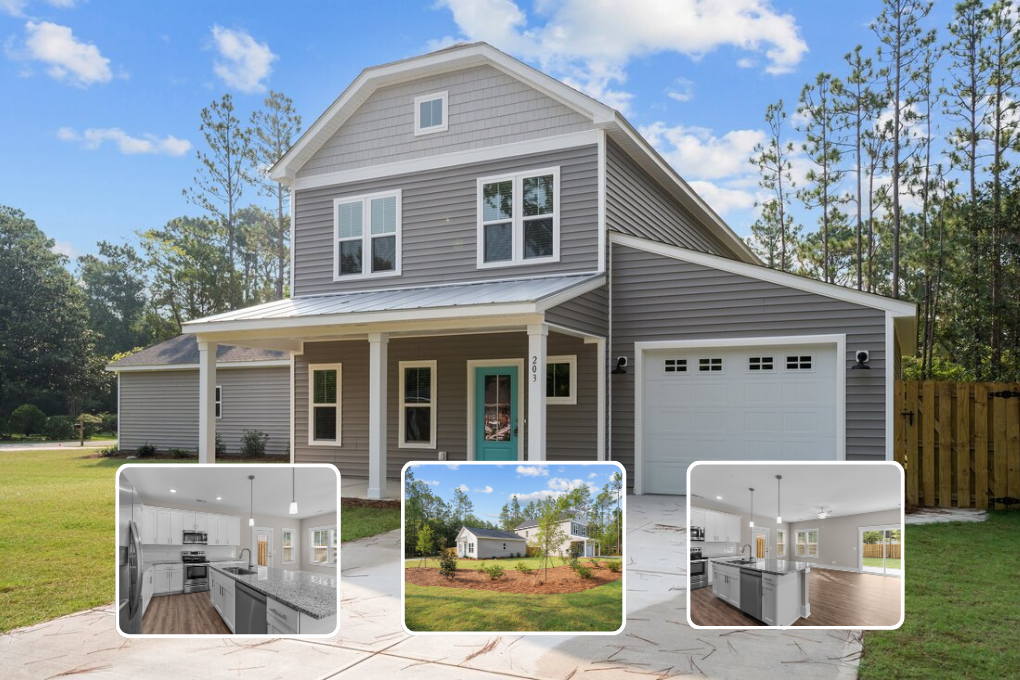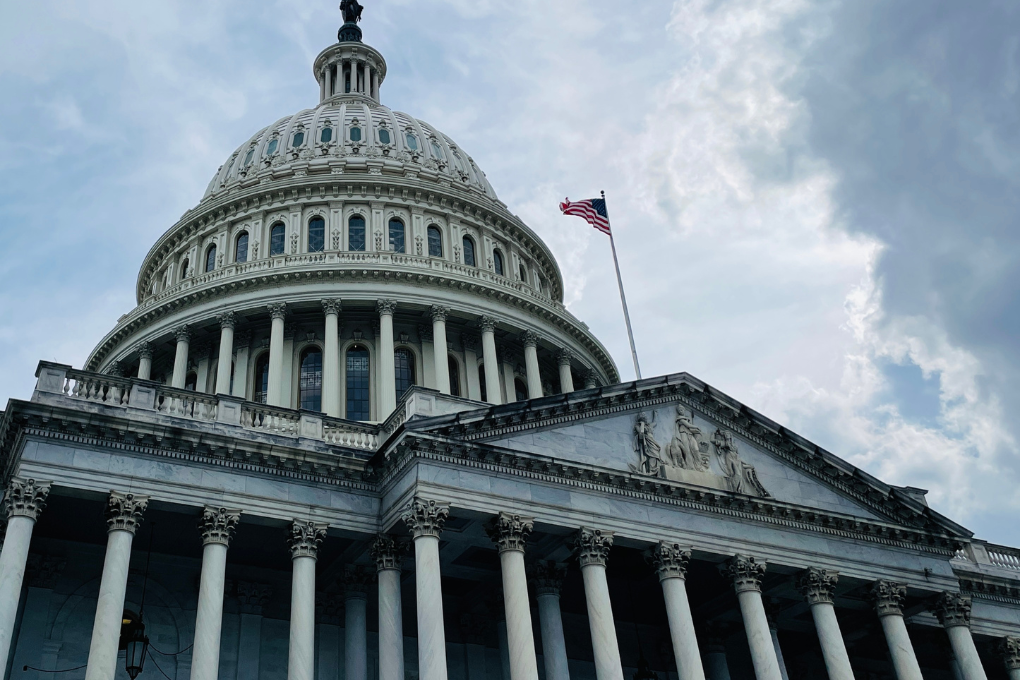Real Estate Reality Check: Data Beats Drama in a Shifting Market

The U.S. real estate market is constantly shifting, interest rates rise and fall, inventory comes and goes, and regional demand changes with demographics and employment trends. For investors, these swings can be daunting. But the antidote to uncertainty is data. By tracking reliable metrics and partnering with experienced lenders and service providers, investors can make […]
New FinCEN Rule Will Impact Real Estate Closings in 2025

Starting December 1, 2025, the Residential Real Estate Rule from the Financial Crimes Enforcement Network (FinCEN) will take effect, adding new reporting requirements to certain real estate closings. While the rule is aimed at curbing money laundering, for everyday investors, it means more paperwork and reduced privacy in specific transactions. What the Rule Covers The […]
What Is Months Supply of Inventory – And Why It Matters to Real Estate Investors

In real estate investing, timing is everything. Whether you’re flipping homes, building a rental portfolio, or developing new construction, understanding market conditions is key to protecting margins and optimizing returns. One of the most effective (yet underutilized) indicators of market health is Months Supply of Inventory (MSI). When used correctly, it can help investors anticipate […]
The Race Against Time: Why Speed Is Everything in Real Estate Flipping

In the fast-paced world of real estate investing, time isn’t just money – it’s momentum, opportunity, and margin. Especially for fix-and-flip or ground-up construction projects, every delay has a cost: idle crews, stalled timelines, lost comps, and, ultimately, reduced profits. So what do savvy investors leverage to be successful? One word: speed. Why Timing Is […]
U.S. Apartment Asking Rents Post Biggest Increase in 3 Years: Why Investors Should Pay Attention

Graph provided by Redfin: https://www.redfin.com/news/rental-tracker-august-2025/ For the first time in more than two years, the U.S. rental market is tilting in favor of landlords. In August, the median asking rent climbed 2.6% year over year to $1,790 – the sharpest increase since December 2022. While still $70 below the summer 2022 record high, this shift […]
Adapting, Innovating, Achieving: How ‘Our House Your Home’ Built 50+ Homes with Dominion Financial

Two years ago, Dominion Financial spotlighted Our House Your Home LLC and their ambitious build-to-rent strategy. At that time, founders Jeffrey and Becky Maynard set out with a goal to deliver 50 high-quality, affordable homes for underserved tenants in Wilmington, North Carolina. By mid-2024, however, the supply of vacant infill lots that had fueled their […]
From Capitol Hill to Cash Flow: The Shutdown’s Connection to DSCR Loans

When Washington grinds to a halt, Wall Street doesn’t always follow suit. For real estate investors, a U.S. government shutdown can feel like political noise, but it has very real implications for financing, particularly for those using DSCR (Debt Service Coverage Ratio) loans. As of October 2025, the U.S. has officially entered a government shutdown […]
D.C. Housing Policy Just Shifted… Is Your City Next?

On September 17, 2025, D.C.’s City Council passed the RENTAL Act, a sweeping piece of legislation that rewrites the rules on evictions, tenant rights, and property sales. At its core, the bill attempts to untangle a housing market gridlocked by red tape, pandemic debt, and stalled development. But for landlords and investors, the positive implications […]
How to Buy in a Slowing Market Without Overpaying

Strategic guidance for real estate investors navigating rising inventory and price softening Recent housing data confirms what many investors are already sensing: the pace of home price growth is slowing. The Case-Shiller National Home Price Index shows just 1.9% year-over-year home price growth in June, with monthly declines now appearing for the third consecutive month. […]
Building Resilience: How Rental Real Estate Investments Can Hedge Against Economic Uncertainty

The economy is never entirely predictable. Recessions, inflation, and rising interest rates all introduce uncertainty, making it difficult for investors to know where to place their money. Stocks can swing dramatically overnight, while cash steadily loses value in periods of inflation. Rental real estate, by contrast, has historically shown resilience, holding value and generating income […]

